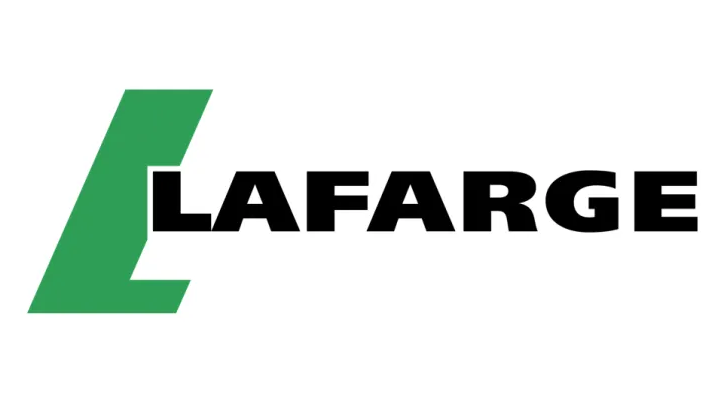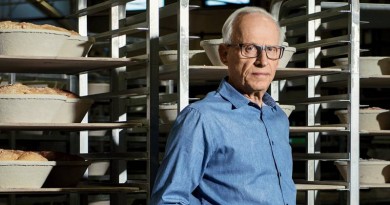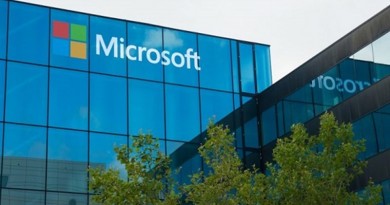Y22 Audited Performance Results of Lafarge Africa – Coronation Asset Management
After market hours on Monday, Lafarge Africa (WAPCO) issued its FY 22 audited results (27 February). Although the company claimed EPS increase of 122.4% year over year in Q4 22, FY 22 EPS growth was 5.2% year over year. Based on the closing price of NGN27.40, the firm suggested a final dividend of N2.00/s, or a dividend yield of 7.3%. (01 March).
In Q4 of 2012, sales volumes and prices both increased by double digits, which helped to balance higher selling and distribution costs and net finance costs. The actual EPS for FY 22 is 16.2% higher than what we predicted.
The stock increased 5.38% when the findings were released, indicating a positive market response. The stock has increased 14.2% so far this year.
Price and volume growth drive revenue
In Q4 22 (FY 22: 27.3% y/y), the company’s revenue increased by 39.9% year over year. Cement revenue (+27.0% y/y), Aggregates and concrete revenue (+43.4% y/y), and Other goods (+1.70% y/y) all showed top-line growth. Due to greater-than-anticipated pricing growth (+4.5% variation) countering lower-than-anticipated volume growth (-1.8% variance), the generated revenue is higher than our FY 22 predictions (+2.7% variance). The average price per tonne increased by 26.4% year over year during the third quarter, and volumes increased by 10.7% year over year to 1.43Mt.
The company’s success in improving capacity utilisation through debottlenecking initiatives in its Ashaka and Ewekoro plants rather than investing in more capacity is reflected in the increased volume growth, which gives us hope. This also represents a rebound in demand following Q3 of 2012, which was marked by flooding and severe rain.
Nonetheless, the company’s volumes for FY 22 remained unchanged (-0.1% y/y), but the price per tonne increased by 27.5% y/y. Like its competitors, the business claimed that delays in the LNG supply and extraordinarily high inflation limited volume growth in FY 22. Barring any substantial climatic or gas supply-related issues, we think the company is poised for growth as it ramps up output on the back of the de-bottlenecking exercise strategy in 2023.
EBITDA margin weathers elevated OPEX
In Q4 of 2012, the company’s gross margin increased by 466 basis points to 59.4% as cost of sales growth (+25.5% y/y) lagged revenue growth (+39.9% y/y). Cost of sales, which increased by 17.6% year over year in FY 22, was pressured by the increase in production expenses (+103.6% y/y), fuel and power (+20.8% y/y), and raw materials and consumables (+32.3% y/y), which were caused by the deteriorating FX situation as it relates to important imported supplies. They were mitigated by the robust topline growth, which led to a 51.8% year-over-year increase in gross profits. In Q4 22 (+37.6% y/y for FY 22),
EBITDA increased by 26.0% y/y in Q4 22 (FY22: 12.1% y/y), while operating expenses rose by 43.8% y/y more, which reduced the margin by 364 bps. Selling and distribution costs, which increased 57.2% y/y, continued to be the industry’s biggest problem. The cost of automotive gas oil (AGO), which has been maintained at a high level and accounts for 94% of all selling and distribution expenditures, increased by 59.3%. Pressure OPEX (FY 22: +44.0% y/y) was also impacted by advertising costs (+65.1% y/y). By utilizing reasonably priced clean energy in its operations and maximizing its green logistics strategy, the company is still committed to achieving its sustainability goals. However, like its competitors, persistent disruptions in the gas supply have made the company more dependent on diesel for distribution than it had originally anticipated.
FX Revaluation losses pressure earnings
The company’s Net financing costs increased by 308.6% y/y for the fiscal year 22 due to foreign currency losses, reaching N11.84 billion in Q4 22 from N1.53 billion in Q4 21. Although having none in FY 21, the corporation had foreign exchange losses of N13.13 billion in FY 22. Yet, in keeping with its minimal Capex investment strategy, the corporation achieved a 79.6% decrease in borrowing costs. The worsening exchange rate situation, according to management, resulted in revaluation losses, which restrained the increase of its net income. As a result, Q4 22’s Earnings Before Tax decreased by 13.9% year over year.
It is significant to note that the company’s profit before taxes increased by 12.0% year over year in FY 22 due to the fact that most of the company’s FX losses were sustained in Q4 of that year, thus when spread out over the year, FY 22 EBIT was adequate to absorb them.
Despite the reduced tax cost Due to the pioneer tax reduction provided to one of its manufacturing lines in the Mfamosing Plant expiring in FY 22, the company’s net income decreased by 17.5% in Q4 22 (-22.8% y/y). Despite the fact that tax expense increased by 36.0% year over year in FY 22, net income increased by 5.2%.
Conclusion
The revenue performance of Lafarge Africa in FY 22 exceeded our projections (+2.7% variance). Despite the fact that its actual volume output fell just 1.79 percent short of what we had predicted for FY 2022, we should note that the company, like its competitors, was able to benefit from high prices due to its emphasis on capacity utilization. We think the company is set up for growth going into 2023 as it ramps up output thanks to the de-bottlenecking exercise approach.
We anticipate that the business will continue to rely in part on diesel for production and distribution operations over the short to medium term due to the industry-wide disruption in gas supplies, which will put pressure on the bottom line. Additionally, we anticipate its effective tax rate to be reinstated after its pioneer status expires. SOURCE: Coronation Asset Management




